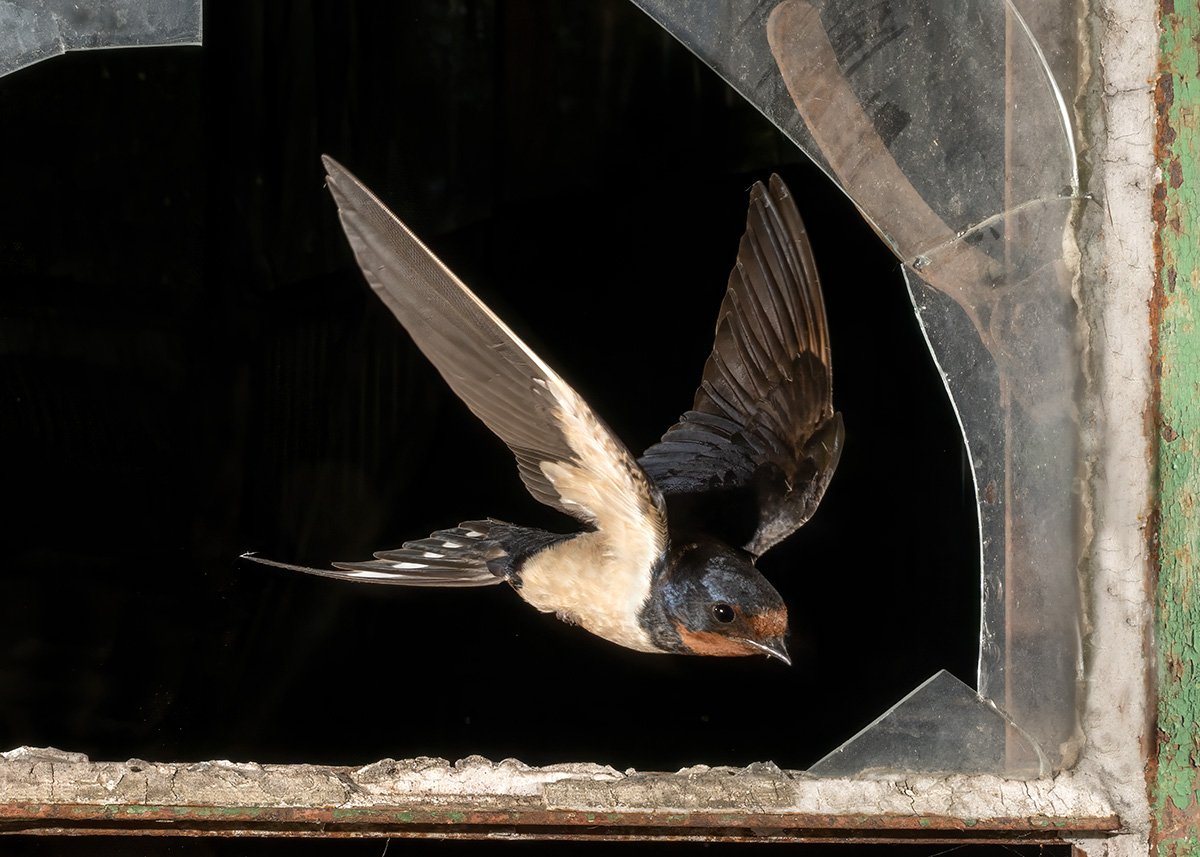Printed on Epson Premium glossy paper using Epson UltraChrome inks, your print is guaranteed to showcase incredible quality with rich, vibrant colors. Thanks to Epson's advanced ink technology, your print will retain its stunning appearance for years to come.
Each detail of your image will be brought to life with remarkable clarity and precision, capturing the essence of the scene as if you were there in person. Whether it's the vivid hues of a sunset or the intricate details of a landscape, every aspect will be rendered with breathtaking accuracy.
Standard UK shipping is included in the price, ensuring that your print arrives safely and promptly. For customers located in the UK Highlands and Islands or overseas, please feel free to contact me for a shipping quote tailored to your location.
Experience the beauty of your favorite scenes in stunning detail with a print that exceeds expectations, made possible by Epson UltraChrome inks and premium glossy paper.






